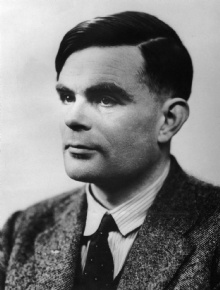This is a groundbreaking paper in which Turing introduces the concept of the Universal Turing Machine, a hypothetical machine capable of simulating any algorithmic computation, and proves that certain mathematical problems cannot be solved by such machines.
 Alan Turing, a British mathematician & founding member of computer science. Explore his famous Turing test, quotes & WWII achievements.
Alan Turing, a British mathematician & founding member of computer science. Explore his famous Turing test, quotes & WWII achievements.
More about Alan Turing